
漢德百科全書 | 汉德百科全书
 Traditions
Traditions


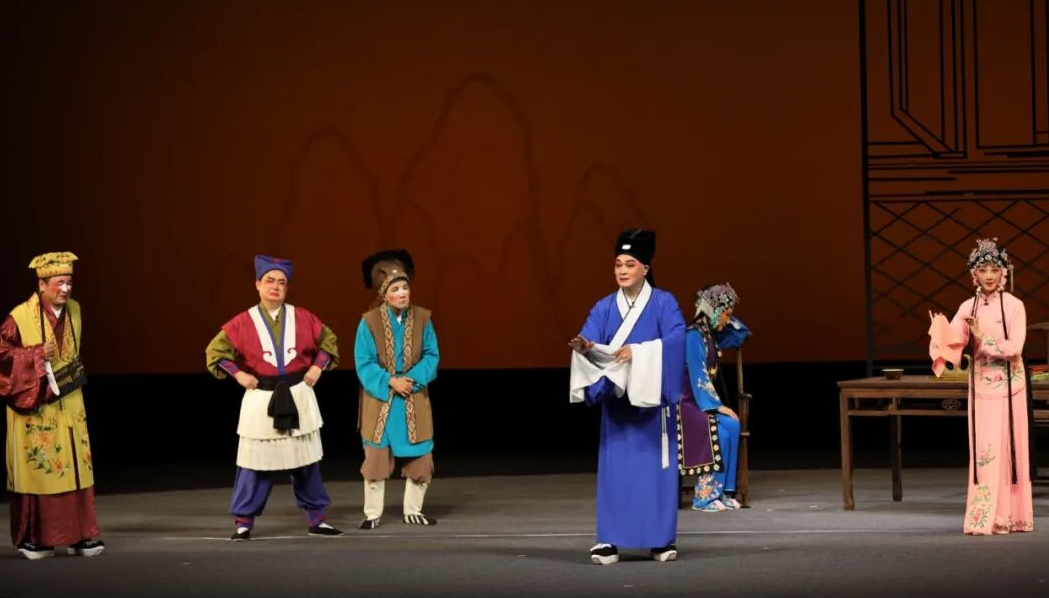
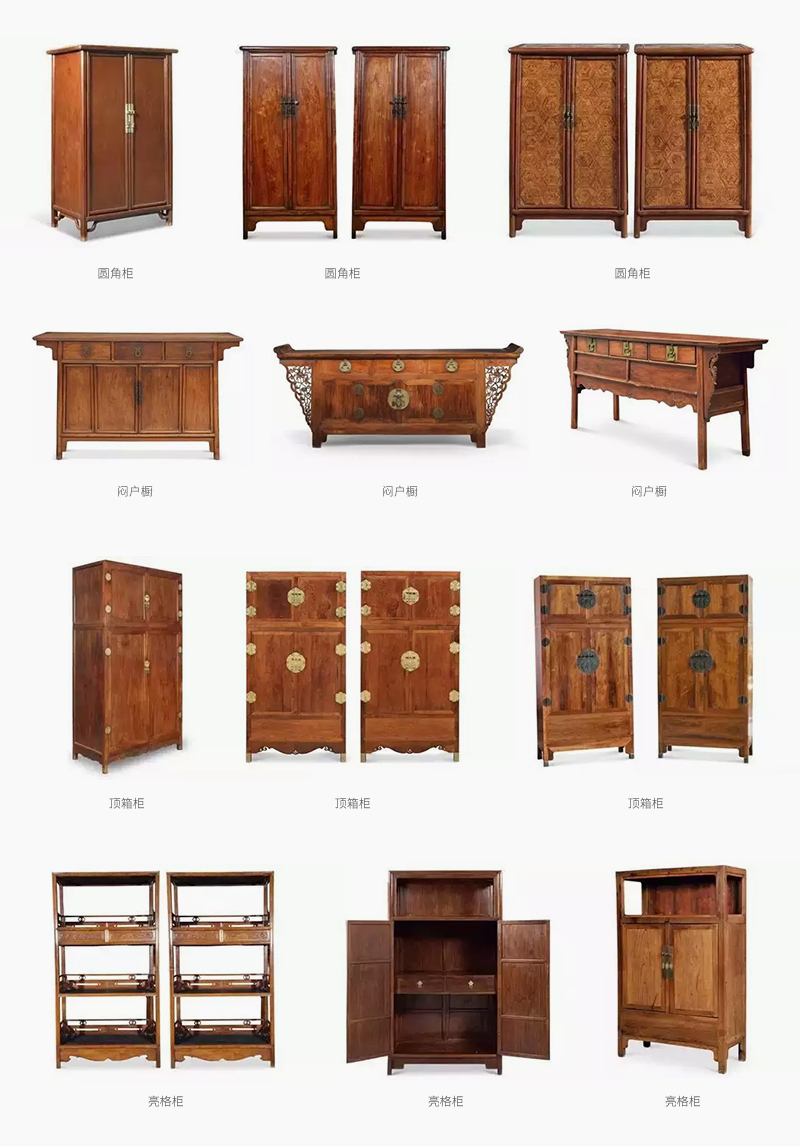



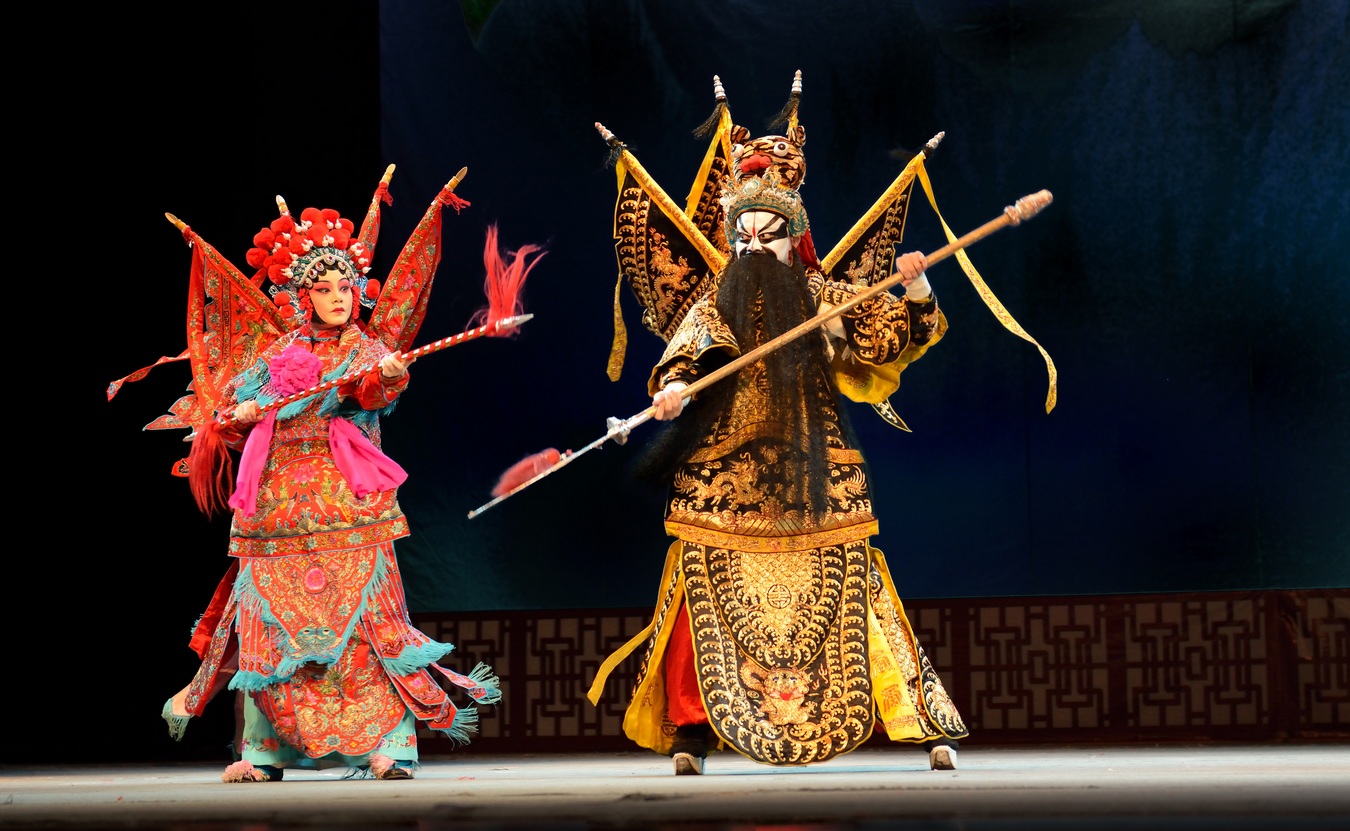
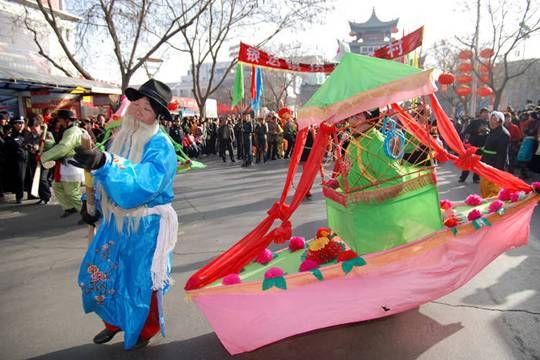





汉字文化圈,(旧字形:漢?字文化圈、日语:漢字文化圏、韩语:한자 문화권、越南语:Vùng văn hóa Đông Á)又称汉文化圈、儒家文化圈、儒教文化圈、东亚文化圈,是指历史上受中国文化中的汉文化影响,过去或现在能使用汉字作为主要书面语之文化圈。
汉字文化圈的涵盖范围广泛,以中国为绝对核心,包括历史上曾向汉地朝贡过的国家、民族或部落,与现代划分之东洋地区在很大程度上重合,包括中国大陆、澳门、香港、台澎金马、越南、朝鲜半岛、琉球群岛与日本列岛等。这些地域在古代均以农耕社会为主,接受册封体制型的外交模式,并且以汉字为最高级的外交用语。东亚各国从中国的历代王朝中引进各种服装、建筑、音乐、宗教和节日习俗,经过长时间的本土化后,均发展出和中国类似之文化,但也能对中国保持着自己的独立特色。
汉字诞生地汉地以及周边的越南、朝鲜半岛、日本等地,历史上完全使用汉字或与固有文字混合使用,古代官方及知识分子多使用文言文(日本、越南和朝鲜称为“汉文”)作为言文不一致的册面文体。于现代朝鲜语、越南语和日本语中,六成以上词汇都是由古汉语派生出之汉字词所组成。另外日本假名和越南喃字皆是从汉字衍生之文字,朝鲜半岛谚文虽为固有文字但亦能跟日文假名一样同汉字混合使用。
The East Asian cultural sphere, also known as the Sinosphere, the Sinic world, the Sinitic world, the Chinese cultural sphere, the Chinese character sphere encompasses multiple countries in East Asia and Southeast Asia that were historically influenced by Chinese culture. According to academic consensus, the East Asian cultural sphere is made up of four entities: Greater China,[a] Japan, Korea,[b] and Vietnam.[1][2] Other definitions sometimes include Mongolia[3][4][5] and Singapore, because of limited historical Chinese influences or increasing modern-day Chinese diaspora.[6] The East Asian cultural sphere is not to be confused with the Sinophone world, which includes countries where the Chinese-speaking population is dominant.[7]
Imperial China was a regional power and exerted influence on tributary states and neighboring states, among which were Japan, Korea, and Vietnam.[c] These interactions brought ideological and cultural influences rooted in Confucianism, Buddhism, and Taoism. During classical history, the four cultures shared a common imperial system under respective emperors. Chinese inventions influenced, and were in turn influenced by, innovations of the other cultures in governance, philosophy, science, and the arts.[10][11][12] Written Classical Chinese became the regional lingua franca for literary, cultural, scientific and economic exchange,[13] and Chinese characters (Hanzi) became locally adapted in Japan as Kanji, Korea as Hanja, and Vietnam as Chữ Hán.[14][15]
In late classical history, the literary importance of classical Chinese diminished as Japan, Korea, and Vietnam each adopted their own literary device. Japan developed the Katakana and Hiragana scripts, Korea developed Hangul, and Vietnam developed Chữ Nôm (which is now rarely used; the modern Vietnamese alphabet is based on the Latin alphabet).[16][17] Classical literature written in Chinese characters nonetheless remains an important legacy of Japanese, Korean, and Vietnamese cultures.[18] In the 21st century, ideological and cultural influences of Confucianism and Buddhism remain visible in high culture and social doctrines.


 Botany
Botany
 National Opera
National Opera
 Art
Art

 History
History
 Review
Review
 Party and government
Party and government
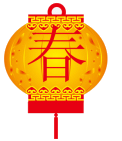 Spring Festival
Spring Festival
 Vacation and Travel
Vacation and Travel